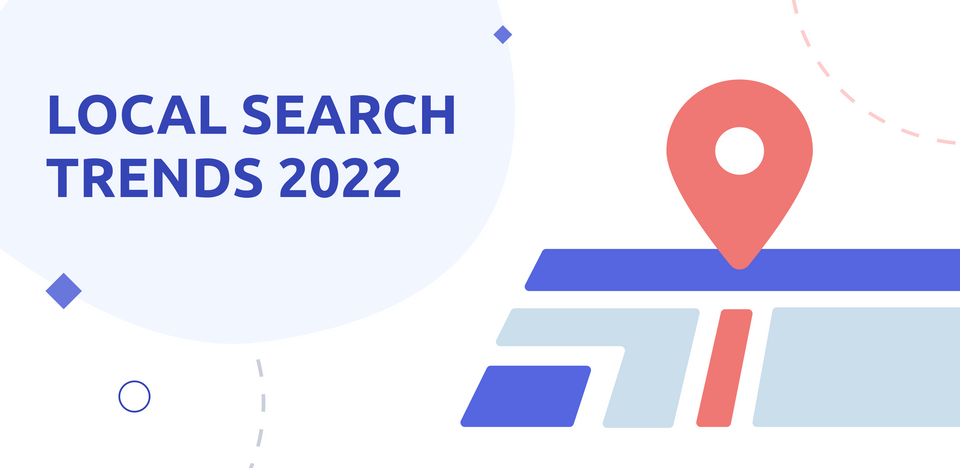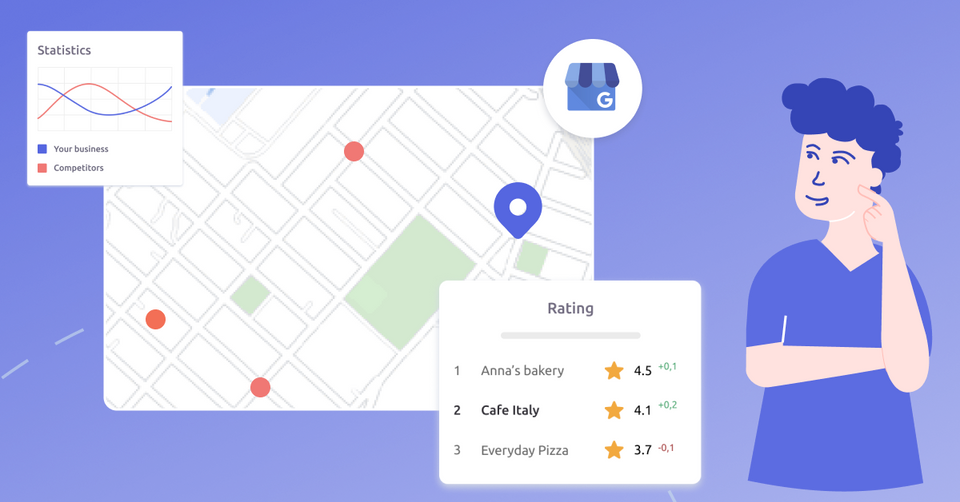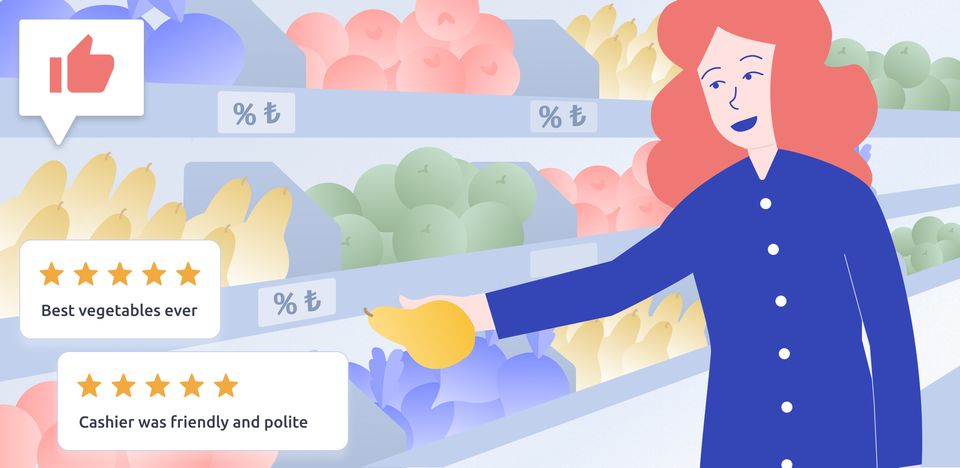Probably one of the biggest changes of the last year was a switch from Google My Business to Google Business Profile. As we point out in some of our previous articles with the latest update small businesses could manage their listings directly from Search and Maps, while there are also some changes for multi-location businesses. However, that’s not it, as there are some additional updates in Local SEO that you should be aware of in 2022. But first we want to clarify, as we’ve been getting this question a lot, how general SEO and Local SEO techniques are related to each other in 2022.
The difference between SEO and Local SEO
Local SEO and traditional SEO both are focused on improving your rankings in online search results to attract more people to your business. The difference between these two types of SEO is in focus. Local SEO is focused on searches in your business area, while traditional SEO allows you to improve site visibility on a global or national scale.
Lots of solutions that Local SEO and regular SEO use are pretty much the same and are focused on giving potential customers an easy opportunity to find your business, easily reach you (e.g. via a call or via a text) and make a purchase. For instance, such methods as keyword research, creation of some quality content, earning backlinks from reputable websites to improve your DA (domain authority) etc. However, because queries types are different (local vs global) local SEO employs some special methods to acquire traffic.
To understand the difference in more detail, you need to grasp the fact that Local SEO is all about location-based search queries. For instance, someone is looking for “best restaurants in Chicago” in Google Search. Then they will see a Google-3-Pack, which is basically a map and list of top-3 restaurants that match these search criteria. These results are location-based and working with Local SEO could help you to get on top of it.
You also need to take into account that if previously search engine algorithms were primarily focused on keywords or search terms to find relevant information, in the last few years they incorporated local SEO patterns into their ranking methods. Thus, nowadays if you would search for a business/service close to you, you would already get results for nearby businesses (except for the search ads) and you can check it by yourself.
Google gets this data from Google Business Profile aka Google My Business, so it’s extremely important to get your data updated and verified there. Also, you need to work with other listings (Facebook, Apple Maps etc.), do on-site optimization (a typical SEO technique), do content marketing, link building and constantly work with reviews to provide the best CX. We analyzed all these factors in How to Improve your Local SEO in 2021, and most of these tactics are still applicable in 2022. However, now we want to talk with you about what’s new.
Key Factors
Google Business Profile is on the rise. According to The 2021 Local Search Ranking Factors the Google Business Profile factor is two times more important nowadays than it was in 2015 and thus that is by far the most important factor for local search ranking. However, it’s also important to notice that reviews are the second most important factor. So, some decent work with reviews in local search (online maps and review services) should be properly integrated into CX strategy.
According to Birghtlocal Local Consumer Review Survey 2022: “89% of consumers are 'highly' or 'fairly' likely to use a business that responds to all of its online reviews”. Thus, proper work with reviews can generate some traffic, and if you’re looking for some tips on how to do that check out our article Online reputation management and why take care of online reviews.
Also, from that research, you can see that since 2015 the factor of listings for local search ranking was steadily declining. However, if the growing importance of Google Business Profile is hard to doubt, the significance of other local listings is debatable. Uberall did a detailed study on it, by analyzing 115,000 locations in the UK, US, France, and Germany and draw the following conclusion:
- Listing profile completeness influenced visibility and increased website clicks by 69%
- Consumer actions for businesses listed on more than 10 sites improved by 67%
- Listing distribution on 10+ sites led to an 80% increase in business visibility on Google.
- By extending the business distribution on 30+ listings, user actions increased by 136%.
With that being said, listing distribution is still important.
However, even if you would work with GBP only, you will get a definite increase in traffic. There are some important factors, not only NAP, that you need to pay special attention to in order to get your GBP ranking even higher:
- Primary Google Business Profile Category. Choose the category that matches the most with the primary search of your business. For instance, if you have an Italian Restaurant, don’t just write “restaurant” and write “Italian restaurant”. Meanwhile, an incorrect Business Category will be a significant negative factor. You can also have only one primary category.
- Keywords in the GBP Business Title. Just don’t stuff your business name too much with keywords :)
- The proximity of address to the searcher. The search engine will still show location-based results.
- Physical address in the city of search. When your business is located in the city where a searcher is searching for it, you’re more likely to outrank competitors outside of the city area.
- Add additional Google Business Profile categories to be even more specific about your offer. You can add up to nine additional categories.
With that being said, there are still a lot of local SEO Myths that we will cover in our next article.





